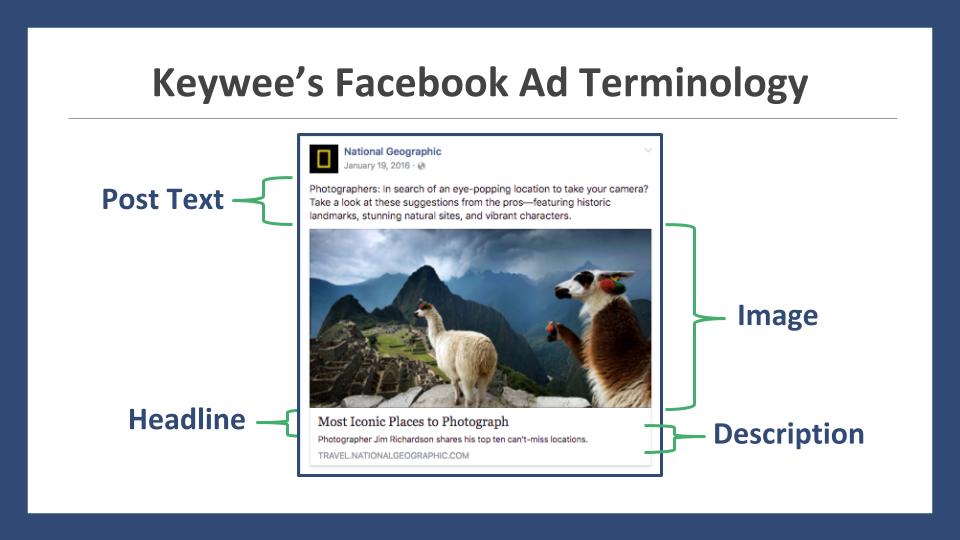When we post something on Facebook professionally, there’s always this one moment before clicking the “post” button, where we stop and think whether our post is good enough to get us the engagement rate which we’re looking for (and if we made any typos).
There are so many stories being posted online and each comes from a completely unique world of content. Some of the stories are relevant globally, but other stories only “speak” to a specific audience. For this reason, you need to understand the unique audience for each specific piece of content. Luckily, we have some tips that will help you write better posts for many different types of content.
The Facebook post has a few different parts, and we identified the three most important parts of creating a successful post.
The first thing people read when looking at a Facebook post is the “post text”, which is the text that is placed right above the post’s image. The post text has a huge amount of influence on the post’s performance and therefore, it is important to put thought into finding the right text.
The post’s image is also very important since it’s the most visual part of the post. The image is generally what provides the first stimulation of the reader’s mind, so finding the right one is crucial. The more appealing the image is, the more likely the reader will click on the post as a whole.
Another part of a post is the headline, which usually resembles the article’s headline.
Here at Keywee, we’ve analyzed more than a million posts and written a good portion of them ourselves, so we like to think that we’re master post writers. Based on that, here is what we’ve found works best for different types of content.
If you’re posting an article from the world of entertainment, gossip or fashion, we suggest shorter post texts that imply what’s waiting inside. You don’t want to reveal too much; your post is more likely to perform better if you let people think about what are they about to read. Their curiosity will drive the clicks. For these spaces, your Facebook headline can be a little bit more revealing, to give the reader some information about what lies ahead. To complete the ad, you need to choose a great picture. We’ve noticed that images with recognizable people generally perform best.
For example, in one of our previous blog posts, we wrote about iHeart Radio VP, Rachel Herskovitz and Beyonce. For this post, we would want to feature an image with both of these lovely ladies.
Let’s switch gears to a completely different world of content – Finance. Successful finance-related posts, unlike entertainment posts, are usually very straightforward and direct. This type of content is not for everyone, so you should keep your very specific audience in mind. Time is money; you don’t have to keep them guessing.
The post text can be a short summary or teaser of the article’s topic or even a quote to spark interest. It can be slightly longer, but we try to stay within a two line limit. The headlines should follow the same principles: clear and concise.
The images of these posts is where you can (and should) get more creative to bring balance to your post. Use an image that represents the topic of the article but also one that may speak to a broader audience. If the picture is appealing, it’ll most likely drive people to take a closer look at your post and the article. For example, if you’re posting an article about retirement or pension, you can use images of happy elders who seem to have their post-retirement lives all figured out.
Some stories are just funny. With those, our goal is to get people to laugh the same way we did when first read the article. In this case, aim for a post text as funny as the article. But just like the entertainment space, try to keep a certain level of intrigue so there’s still reason to click through to the article. The same goes for the image and header – get that smile on your readers’ faces!
No matter what post you’re writing, just remember that each piece of content has its own audience and the post as a whole should speak to them. But don’t worry if that seems daunting – we’re here to help, just request a demo to learn more!



